Which Juliette Binoche Films Would You Reccomend ?
Which Juliette binoche films would you reccomend ?
ugh, pretty much her entire filmography is on spot but here we go: I first saw her in the unbearable lightness of being (1988); she’s exceptional in it, pure Juliette, pure brilliance, she made a perfect Teresa. I love the work of Philip Kaufman, I think he can never go wrong – I’d definitely recommend the film whether you’re familiar w Kundera’s novel or not. then i’d go with les enfants du siècle (1999) for it’s a period drama & it’s terribly underrated; again, her portrayal of George Sand is extraordinary to say the least & it spoke volumes about her potential as an actress. chocolat (2000) is another favourite of mine; it supremely just does it on all levels for me–makes me feel nostalgic over & over again. it’s lovely, lovely & she was so exquisite in it. however, when it comes to her best performances: trois couleurs: bleu (1993) directed by kieslowki is sublime; best film out of the entire trilogy plus it just shows that Juliette clicked so much w her head director–I believe he brought out the best in her acting & what they achieved together is transcending aka this one’s poetry in motion, you can’t miss it, it’s moving and 100% raw. les amants du pont-neuf (1991) is nice; I was first introduced to the work of Carax w that one and although I came to love mauvais sang (1986) a lot more, still, this is good work and Juliette is kind of beating herself in her own game acting wise. top favourite of mine is also copie conforme (2010); it’s subtle, it’s Cannes at its best & it’s a tricky film; requires a lot of patience but communicates its images so efficiently. elles (2011) is my guilty pleasure, I won’t expand on it but I was head over heels when I first saw it so yeah…and words and pictures (2013) – ahh so, so, amazing…she co-stars w Clive Owen and the thing works because it’s just not overdone, it’s very American at the core of it but it still works Idk. 1.000 times goodnight (2013) – I’d recommend it any day for the cinematography is glorious and number one is camille claudel 1915 (2013) – to this day I haven’t seen a biography film which spoke more to my heart. wholly and unequivocably. I still can’t get my head around how superb it is and how majestic Juliette is in it.
More Posts from Aslanay-vonholle and Others
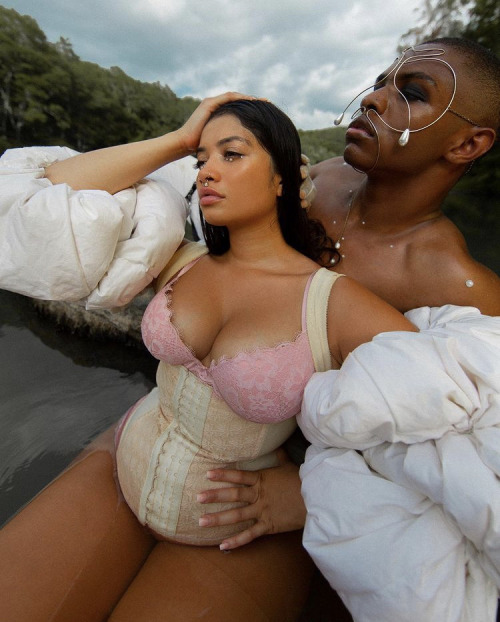
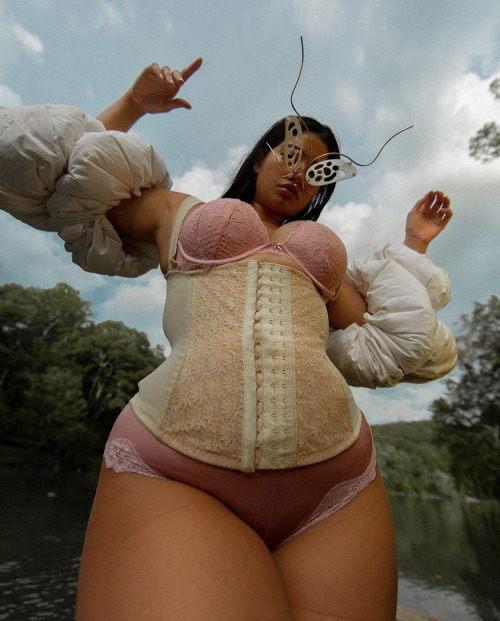
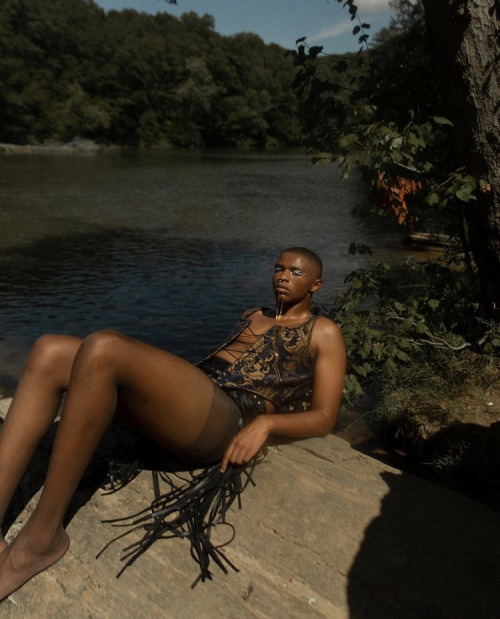
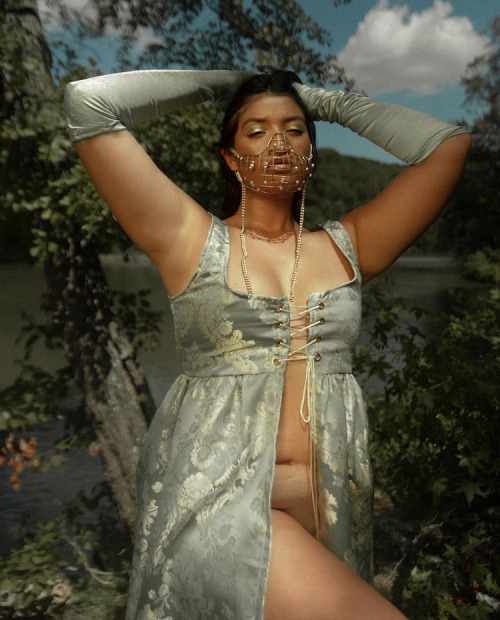
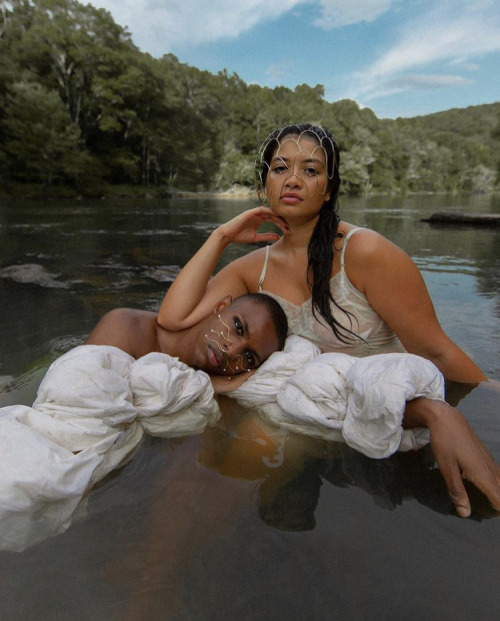
The River
Directed by Joelle Grace Taylor and Laura Estrada Jewelry, featured in French Fries Magazine.


Mathilde Kschessinska (31 Aug 1872 – 6 Deb 1971)
Mistress of: Tsar Nicholas II of Russia, among others. Tenure: 1890 - 1894. Royal Bastards: None (Disputed). Fall From Power: The tsar got married.
Mathilda-Marie Feliksovna Kschessinskaya, later Princess Romanovskaya-Krasinskaya, was a ballerina of Polish origins and the mistress of the future Tsar Nicholas II of Russia. She was born into a family of performers and made her debut in a pas de deux during a graduation performance in the spring of 1890, attended by the imperial family, including Emperor Alexander III and his heir Nicholas. She was a “small, vivacious” girl of seventeen with a “supple body, full bosom … dark curls and merry eyes” who immediately piqued the interest of the tsarevich, which Mathilde noticed. After that chance encounter, Mathilde made sure to put herself in Nicholas’ line of sight as frequently as possible, strolling past the Anitchkov Palace where Nicholas and his sister Xenia often stood at the balcony watching passers-by. By summer, she was conveniently selected to join a group that danced for offers at Krasnoe Selo, where Nicholas was on duty with the Guards. He came to watch her every day but it did not go beyond flirtations until late October, when they were finally able to be alone.
Both Nicholas and Mathilde kept detailed diaries, which record their growing affection for one another; Nicholas admitted that he “liked her very much” and that he was “under her spell” while Mathilde wrote that “he had such beautiful eyes, I’m just going crazy.” Nicholas began to give her gifts of bouquets of flowers and jewelry, including a gold bracelet with diamonds and a large sapphire, at her rehearsals. Mathilde made sure to wear stunning dresses when she expected a visit, in the hopes that he would remark upon their beauty (he usually did). The relationship continued until Nicholas’ betrothal to Princess Alix of Hesse-Darmstadt; he made no secret in his interest in the princess and the hope that they would one day marry, much to the distress of Mathilde. She lamented in her diary that no one will love Nicholas as much as she did, and that he will probably forget her when he is married. Her jealously also emerges in her writings, envious of his bride-to-be. The pair said their final goodbyes in 1894 at a highway rendezvous, “she seated in a carriage, he astride a horse.” For months after, Mathilde went through “terrible boundless suffering” of losing Nicholas before being intimately consoled by the Grand Duke Sergei Mikhailovich. He bought her a cottage that overlooked the sea but she was not in love with Sergei, though she did enjoy his company, and pursued his cousin, Andrei Vladimirovich, as well. Their affair began in mid-1900 and she enjoyed a relationship with both men for the better part of two decades – Sergei and Andrei were cordial in public, but tried to avoid each other whenever possible. Matters were complicated further when Mathilde gave birth to a son, Vladimir, in 1902, and no one was quite sure who the father was.
Mathilde continued to use her connection to the tsar and the imperial family to amass valuable property and further her career on stage. Mathilde was extraordinarily gifted as a dancer and obtained the rank of Prima ballerina in 1896 and commanded top billing in theater programs and posters. After the Russian Revolution, Mathilde ended up in exile in Paris. She later married, in 1921, her former flame Andrei, who was devoted to both Mathilde and her child, despite the question of his paternity. The couple enjoyed gambling, though Mathilde squandered their reaming wealth – including her valuable jewelry collection – at the gambling tables of Monte Carlo. Mathilde opened up her own ballet school as a means to earn some much needed income. The school flourished, providing for a comfortable, yet modest lifestyle. Mathilde last performed at the age of 64, for a charity event at Covent Garden in London. She died in Paris, eight months shy of her 100th birthday, and was buried in the Sainte-Genevieve-des-Bois Russian Cemetery, which she shares with her husband and son.
Rumors have persisted that Nicholas continued to meet Mathilde in secret after his marriage, though most historians agree that this is completely untrue. Some accounts do seem dispute this; however, and there are further claims that Mathilde even had a child with the Tsar in 1911, who was later adopted by her bother.
Sources
”Mathilde Kschessinska as Princess Aspicia from the ballet The Pharaoh’s Daughter”, photographic postcard from the book “The Great Russian Dancers” by Gennady Smakov, c. 1898 (left image).
”Mathilde Kschessinska in costume for a Spanish dance” by unknown, 1900 (right image).
Massie, Robert. Nicholas and Alexandra: The Fall of the Romanov Dynasty. Random House Trade Paperbacks (2000). ISBN: 9780345438317.
Hall, Coryne. Imperial Dancer: Mathilde Kschessinska and the Romanovs, Sutton Publishing (2005). ISBN: 9780750935579.
Blue and Red Symbolism in “The Prince of Egypt”
One of the cool overarching artistic themes in “The Prince of Egypt” is blue versus red. It doesn’t work 100% of the time - for instance, Zipporah’s clothing is blue, but she’s not associated with the Egyptians - but overall, blue and red have their own distinct, separate symbolism. Blue represents Egypt, while red is the color of Moses’ family, the Hebrews, and their God Elohim.
Now I’m going to quickly rush from start to end of the film and point out the major blue and red moments I’ve noticed.
The opening shot is red, while the musical theme for God is playing in the background.

The Hebrew infants are being slaughtered, and the color of the streets is amazingly red. The Egyptian guards themselves, however, are carrying blue shields - the only blue in these frames.

Jochebed, Aaron, and Miriam are all wearing red. Even the baby Moses is wrapped in a red blanket. Jochebed is also wearing blue; she’s making a choice based upon the dangers of Egyptian society.

All the Egyptians are wearing blue. Rameses II even has a blue tie around his ponytail and a blue necklace. The entire tint of this moment is basically blue… blues and purples. It’s a huge visual contrast from the baked, bloody red from which baby Moses has escaped.



Blues, blues, blues everywhere. The headdress of the Pharaoh on the statue is blue. Later, painted murals of the Pharaoh will show the same blue.
The next shot, we see Moses and Rameses as young adults. Moses is still sticking with the red theme, which cues viewers subtly that he’s out of place in Egyptian society. Moses’ horses are decorated in red, so is his chariot, and so are accents of his clothing. Rameses, meanwhile, perfect little Egyptian boy that he is, has all that in blue and aqua.

Tuya wears blue around the collars, the Pharaoh Seti’s cane is aqua blue, and the priests are wearing the same bluish accents. Rameses II is, as I mentioned before, wearing the same color. In fact, everyone in this room has the same shade of blue on except for Moses.

If we really want to go crazy overanalyzing, even the punch bowl that Moses dumps on Hotep and Huy is red.
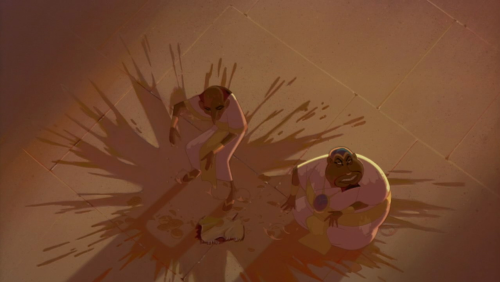
Egyptian magic is blue.

So is the ring that Rameses gives Moses. Now this ring is symbolic. While Moses wears it, he has a connection to his Egyptian family, his Egyptian brother. When he returns to Egypt to ask the Pharaoh to let the Hebrew slaves go, he returns the ring. He is revoking his kinship and connections with the Egyptians at this moment. He’s revoking the blue.

There is a deep blue tint during the night scene Moses meets Miriam and Aaron and first learns he’s actually Hebrew by birth. Moses’ mind is concerned with the fact he’s blue - an Egyptian - even though that’s not the truth. Oh, right, and all three siblings - Moses, Miriam, and Aaron - are wearing red.

While Moses struggles with the shocking news he’s actually a Hebrew, he runs into his Egyptian home. The places where he stands to comfort himself are blue, blue, blue everywhere. He wants to think that this is where he belongs - in this comforting Egyptian blue.


But then you get to Moses’ bedroom, and you realize it’s red. He’s a Hebrew at heart, deep beneath it all. He just doesn’t realize it yet.

After Moses enters Midian, Jethro gives him a red cloak.

And it is to note that Jethro, while a Midianite rather than a Hebrew, is the one who speaks to Moses about looking at life through Heaven’s eyes. This helps pave the way for Moses to become acquainted and receptive to the Hebrew God Elohim. Jethro wears red. Even the tent he lives in is red. It’s all red.
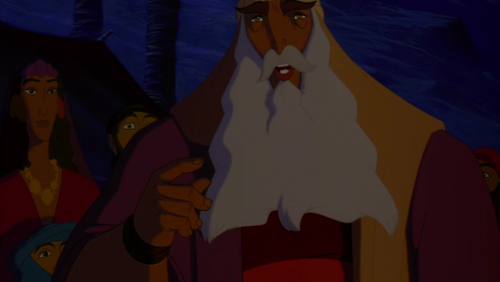
When Moses sees the burning bush, at first the atmosphere is blue. His cloak and the bush are the only things with reddish tinges on them.

The colors which wrap around him, though, are a bit more red than blue.

Excited Moses tells the news he’s going to deliver the Hebrews in a red tent.

Rameses’ royal chambers in Egypt are very blue. Moses, wearing red, sticks out from the rest of the people and things in the room.

Hey, look, more blue Egyptian magic. There is some stark red in this scene, too. Blue generally predominates, and all the time conjurations happen, it’s with blue (or greens, at least) as the main color.

The biggest exception is the fact that the Egyptians pull out red snakes. It’s almost as though to hint those snakes are going to be eaten by Moses’.

I want to point out that, of the three siblings, only Miriam wears complete red. Moses also is wearing a greenish, tealish undershirt, while Aaron’s shorts are blue-green. It’s as if to point out that Moses has to struggle through both sides, while Aaron is someone whose mind isn’t deep on faith, and gets too caught up in the worries of current Egyptian society. Miriam, the great woman of endless faith, is the one who wears the complete red associated with God.

The ideal place to relax for the Pharaoh and his son is in a rather blue boat.

Moses drowns out that blue and replaces it with the red of blood, directly with God’s power.

However, the Pharaoh has not relented. He won’t let the Hebrews go. And before the plagues begin, the Egyptian world is still overall blue in tint.

Not so much once the plagues hit and turn the whole world red.



And if you still don’t believe in the red versus blue symbolism, check out this screenshot below. Moses and Rameses II are shown facing one another in opposition. Rameses, blue. Moses, red. The two figureheads for Egypt and Israel, coming in conflict, depicting these two thematic, symbolic colors.
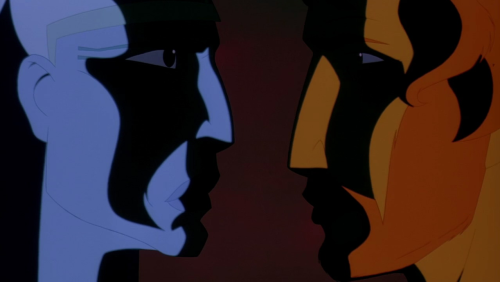

The doors are painted with the blood of lambs to protect Hebrews from the angel of death.

But there is death amongst the Egyptians, and a foreboding - depressing - blue ambience within that dark. Moses leaves Rameses II enshrouded in blue. It’s so blue you can’t even see the red on Moses’ cloak.

Rameses returns to attack the Hebrews in blue. It’s the most blue he’s ever worn, in fact.

But God returns. He comes as a pillar of flame - a bright, red, magnificent red pillar of flame. And when the Hebrews travel through the Red Sea, they light flames themselves, bringing some sparks of red into the blue passageway.

As I said before, the blue versus red symbolism isn’t perfect. There are times that it diverges, or that blue is simply blue and red is simply red. However, I think there is still a strong correlation between red associating with the Hebrews and blue with the Egyptians. The artwork is beautiful in and of itself, but the fact that the color pallet seems to be so symbolically intentional gives me a whole other level of respect for the creators of this movie.
all the poetry recited in penny dreadful
which no one asked for, but i listed, because i’m too dedicated to the aesthetic and i like to waste my time. i most certainly could have missed some, so, you know. please note that the last entry is different from its earlier recitation.
season 1
episode 2, vanessa and victor together: “if this belief from heaven be sent, / if such be nature’s holy plan, / have i not reason to lament / what man has made from man?” - wordsworth, “lines written in early spring”
episode 3, victor: “there was a time when meadow, grove, and stream, / the earth, and every common sight, / to me did seem / apparell’d in celestial light, / the glory and the freshness of a dream. / it is not now as it hath been of yore; - / turn wheresoe’er i may, / by night or day, / the things which i have seen i now can see no more.” - wordsworth, “ode on intimations of immortality from recollections of early childhood”
episode 5, sir malcolm as the devil: “darkling i listen; and, for many a time / i have been half in love with easeful death, / call’d him soft names in many a musèd rhyme, / to take into the air my quiet breath.” - keats, “ode to a nightingale”
episode 6, victor: “no more let life divide what death can join together.” - shelley, “adonais”
episode 7, vanessa repeats the shelley line to victor; ethan as the devil repeats the keats line
episode 8, caliban: “o fleeting joys / of paradise, dear bought with lasting woes! / did i request thee, maker, from my clay / to mould me man?” - milton, paradise lost
season 2
episode 2, john clare: “to see a world in a grain of sand / and a heaven in a wild flower / hold infinity in the palm of your hand / and eternity in an hour.” - william blake, “auguries of innocence”
episode 3, the cutwitch: “by the pricking of my thumbs, / something wicked this way comes.” - shakespeare, macbeth (not really poetry, i know, but i still had to include it)
episode 5, vanessa and john clare: “i am–yet what i am none cares or knows; / my friends forsake me like a memory lost; / i am the self-consumer of my woes– / they rise and vanish in oblivious host, / like shadows in love’s frenzied stifled throes / and yet i am, and live–like vapours tossed…i long for scenes where man hath never trod / a place where woman never smiled or wept / there to abide with my creator, god, / and sleep as i in childhood sweetly slept, / untroubling and untroubled where i lie / the grass below–above the vaulted sky.” - john clare, “i am!”
season 3
episode 1, mr. lyle: “i hold it true…‘tis better to have loved and lost / than never to have loved at all.” - tennyson, “in memoriam a.h.h”
episode 1, vanessa: “beat, happy stars, timing with things below, / beat with my heart more blest than heart can tell, / blest, but for some dark undercurrent woe / that seems to draw–but it shall not be so; / let all be well, be well.” - tennyson, “maud”
episode 4, john clare: “i have a little shadow that goes in and out with me, / and what can be the use of him is more than i can see. / he is very, very like me from the heels up to the head; / and i see him jump before me, when i jump into my bed.” - robert louis stevenson, “my shadow”
episode 4, john clare: “i can never get back by day, / nor can remember plain and clear / the curious music that i hear.” - robert louis stevenson, “the land of nod”
episode 7, vanessa: “i have made my bed / in charnels and on coffins, where black death / keeps record of the trophies won…” - shelley, “alastor; or, the spirit of solitude”
episode 9, john clare: “there was a time when meadow, grove, and stream, / the earth, and every common sight, / to me did seem / apparell’d in celestial light, / the glory and the freshness of a dream…but there’s a tree, of many, one, / a single field which i have looked upon, / both of them speak of something that is gone; / the pansy at my feet / doth the same tale repeat: / whither is fled the visionary gleam? / where is it now, the glory and the dream?” - wordsworth, “ode on intimations of immortality from recollections of early childhood”
Video essays that make me go "oh, so you're like smart smart"
Elon Musk and Grimes: A Retrospective
Bo Burnham vs. Jeff Bezos
The Systemic Abuse of Celebrities
Lana Del Rey: the pitfalls of having a persona
we need to talk about Call Me By Your Name
MYTH OF THE AUTEUR: Stanley Kubrick vs David Lynch
In Search Of A Flat Earth
Envy
The Commodification of Black Athletes
The Lies Of The Lighthouse
The Green Knight: The Uncanny Horror of Masculinity
Max Payne, Kane & Lynch, and the Meaning of Ugly Games
Time Loop Nihilism
How Bisexuality Changed Video Games
The Golden Age of Horror Comics - Part 1 (Part 2)
Weighing the Value of Director's Cuts | Scanline
The True Horror Of Midsommar
a few more -
You're Wrong About Cyberpunk 2077 | An Overdue Critique (this is such great critique of both the game and the genre)
Disney's Fast Pass: A Complicated History
It Has Come To My Attention You Don't All Love BIRDS OF PREY
Adaptation.
The man who almost faked his way to a Nobel Prize
Music Theory and White Supremacy
Here's the YouTube playlist! ill be adding more but that's all so far pls like and reblog xoxo 💕
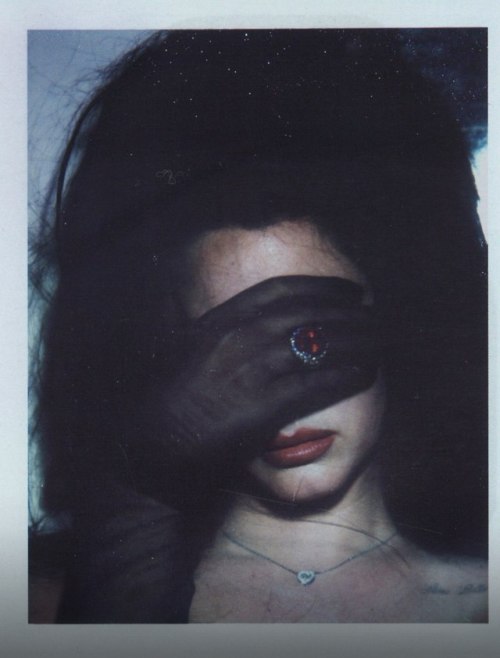







Lana Del Rey by Steven Klein for V Magazine, September 2015.
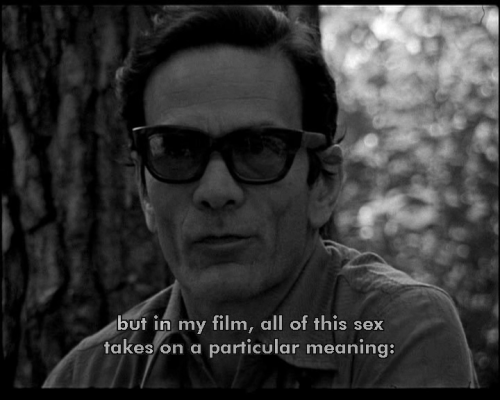

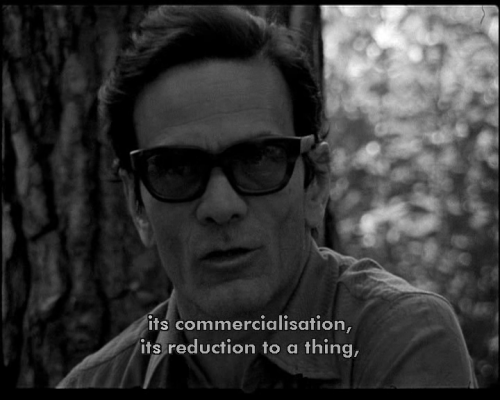
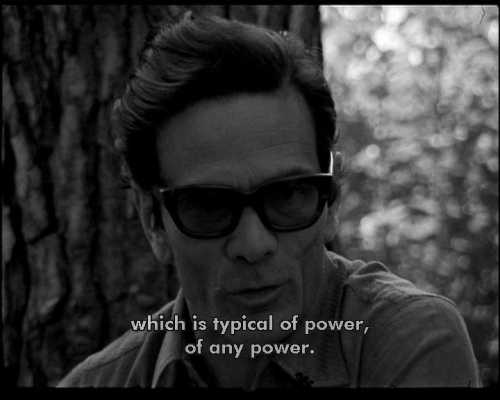
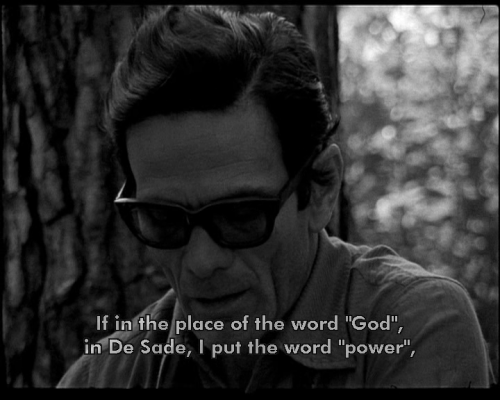
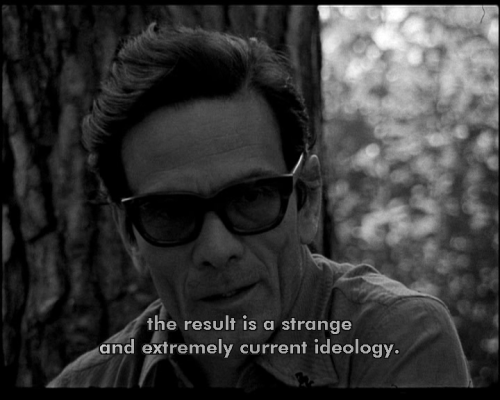

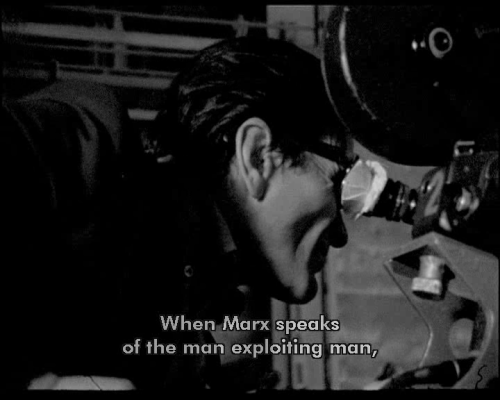
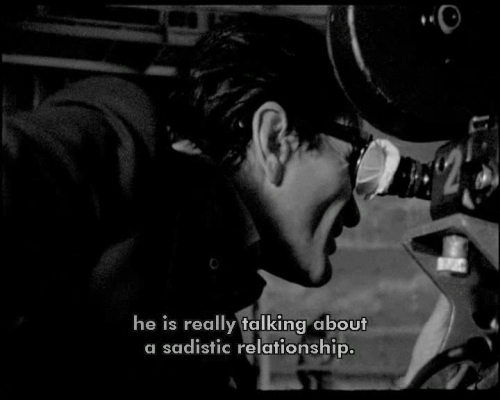

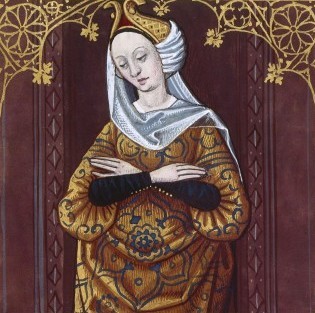


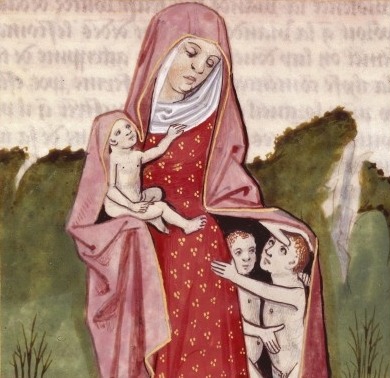



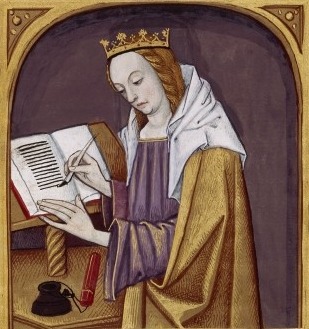






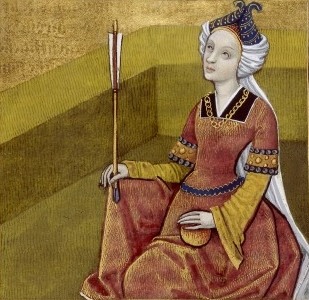



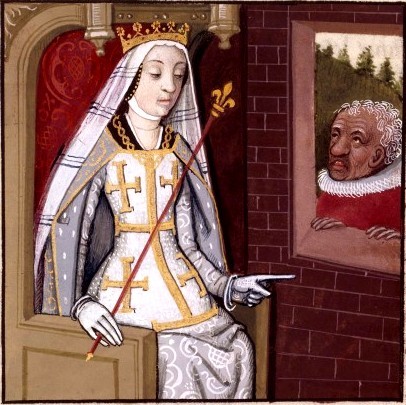
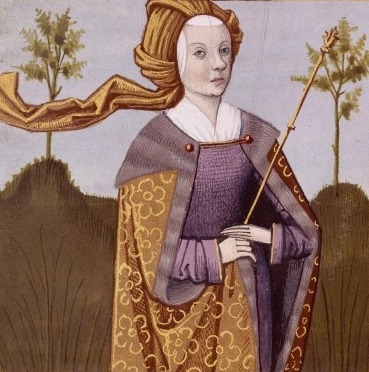
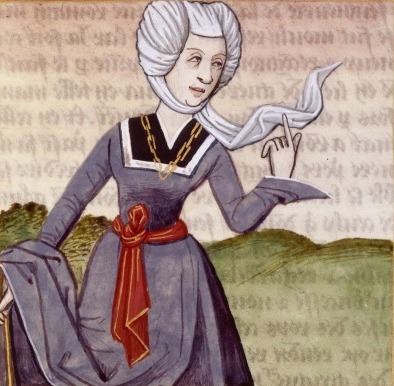
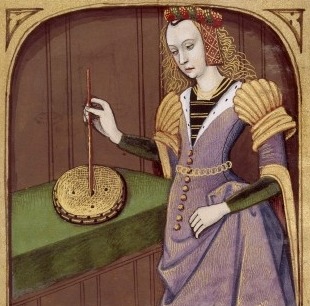











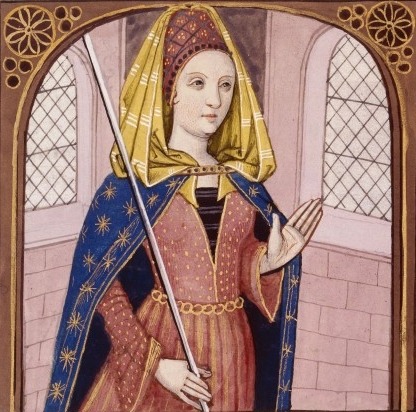




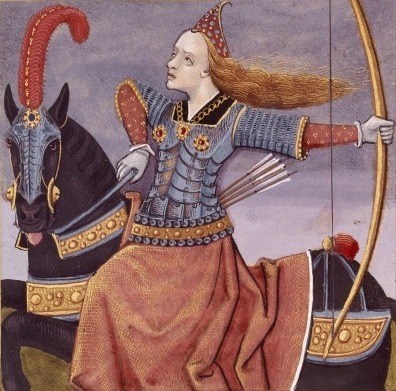




De Mulieribus Claris by Giovanni Boccacio.
A collection of biographies of historical and mythological women by Giovanni Boccaccio, composed in 1361-62. It is the first collection devoted exclusively to biographies of women in Western literature. Boccaccio also compiled a collection of biographies of famous men, De Casibus Virorum Illustrium (On the Fates of Famous Men) at the same time of his compilation of De Mulieribus Claris.
The Signs as Female Shakespeare Characters
Aries: Katherine Minola (The Taming of the Shrew)
“If I be waspish, best beware my sting”
Taurus: Viola (Twelfth Night)
“Make me a willow cabin at your gate and call upon my soul within the house, write loyal cantons of contemnèd love, and sing them loud even in the dead of night”
Gemini: Cleopatra (Antony & Cleopatra)
“Sir, you and I have loved, but there’s not it; That you know well. Something it is I would— O, my oblivion is a very Antony, and I am all forgotten”
Cancer: Cordelia (King Lear)
“I am sure my love’s more ponderous than my tongue”
Leo: Titania (A Midsummer Night’s Dream)
“These are the forgeries of jealousy; And never, since the middle summer’s spring, met we on hill, in dale, forest, or mead, by paved fountain, or by rushy brook, or in the beached margent of the sea, to dance our ringlets to the whistling wind”
Virgo: Juliet Capulet (Romeo & Juliet)
“Although I joy in thee, I have no joy of this contract tonight. It is too rash, too unadvised, too sudden, too like the lightning, which doth cease to be ere one can say ‘It lightens.’“
Libra: Portia (The Merchant of Venice)
“You see me, Lord Bassanio, where I stand, such as I am: though for myself alone I would not be ambitious in my wish, to wish myself much better; yet, for you I would be trebled twenty times myself; A thousand times more fair, ten thousand times more rich”
Scorpio: Beatrice (Much Ado About Nothing)
“But manhood is melted into curtsies, valor into compliment, and men are only turned into tongue, and trim ones, too. He is now as valiant as Hercules that only tells a lie and swears it. I cannot be a man with wishing; therefore I will die a woman with grieving”
Sagittarius: Miranda (The Tempest)
“O, brave new world, that has such people in ‘t!”
Capricorn: Lady Macbeth (Macbeth)
“The raven himself is hoarse that croaks the fatal entrance of Duncan under my battlements. Come, you spirits that tend on mortal thoughts, unsex me here, and fill me from the crown to the toe topful of direst cruelty!”
Aquarius: Rosalind (As You Like It)
“It is not the fashion to see the lady the epilogue; but it is no more unhandsome than to see the lord the prologue. If it be true that good wine needs no bush, 'tis true that a good play needs no epilogue; yet to good wine they do use good bushes, and good plays prove the better by the help of good epilogues”
Pisces: Ophelia (Hamlet)
“There’s rosemary, that’s for remembrance; pray, love, remember; and there is pansies, that’s for thoughts…There’s fennel for you, and columbines; there’s rue for you, and here’s some for me; we may call it herb of grace o’ Sundays. O, you must wear your rue with a difference”
Classic Novels Turned Movies You Need To Watch
A Hello you guys! Here’s a list of Classic Novels Turned Movies I’ve read and watched and I thought of sharing them with you. If you have any suggestions you can always drop a message on my dm’s. Here goes;

Anna Karenina (2012) // Leo Tolstoy

Atonement (2007) // Ian McEwan

Emma (1996) // Jane Austen

Frankenstein (1931) // Mary Shelley

Great Expectations (2012) // Charles Dickens

Jane Eyre (2011) // Charlote Brontë

Les Miserables (2012) // Victor Hugo

Little Women (1994) // Louisa M. Alcott

Lolita (1997) // Vladimir Nabokov

Lord Of The Flies (1990) // William Golding

Macbeth (2015) // William Shakespeare

Madame Bovary (2014) // Gustave Flaubert

Of Mice And Men (1992) // John Steinbeck

Persuasion (2007) // Jane Austen

Pride And Prejudice (2005) // Jane Austen

Romeo And Juliet (2013) // William Shakespeare

Tess Of The D’Urbervilles (1979) // Thomas Hardy

The Adventures Of Huckleberry Finn (1993) // Mark Twain

The Count of Monte Cristo (2002) // Alexandre Dumas

The Grapes Of Wrath (1940) // John Steinbeck

The Great Gatsby (2013) // F. Scott Fitzgerald

The Phantom Of The Opera (2004) // Gaston Leroux

The Picture of Dorian Gray (2017) // Oscar Wilde

The Scarlet Letter (1995) // Nathaniel Hawthorne

To Kill A Mockingbird (1962) // Harper Lee

Vanity Fair (2004) // William Makepeace Thackery

Wuthering Heights (2009) // Emily Brontë
-
 hellowickedpanini liked this · 5 years ago
hellowickedpanini liked this · 5 years ago -
 9xiii liked this · 6 years ago
9xiii liked this · 6 years ago -
 arachnebend reblogged this · 6 years ago
arachnebend reblogged this · 6 years ago -
 g-allifrey reblogged this · 6 years ago
g-allifrey reblogged this · 6 years ago -
 folkinsomnia liked this · 6 years ago
folkinsomnia liked this · 6 years ago -
 myotherblogislolaviande liked this · 6 years ago
myotherblogislolaviande liked this · 6 years ago -
 12351mn liked this · 6 years ago
12351mn liked this · 6 years ago -
 setinprovincialbohemia liked this · 6 years ago
setinprovincialbohemia liked this · 6 years ago -
 aslanay-vonholle reblogged this · 6 years ago
aslanay-vonholle reblogged this · 6 years ago -
 aslanay-vonholle liked this · 6 years ago
aslanay-vonholle liked this · 6 years ago -
 deusluar liked this · 7 years ago
deusluar liked this · 7 years ago -
 vesselsofmercy liked this · 7 years ago
vesselsofmercy liked this · 7 years ago -
 renntkatz liked this · 7 years ago
renntkatz liked this · 7 years ago -
 much-ado-about-tumbling liked this · 7 years ago
much-ado-about-tumbling liked this · 7 years ago -
 dontmindcontrol liked this · 7 years ago
dontmindcontrol liked this · 7 years ago -
 had-isoar-blog reblogged this · 7 years ago
had-isoar-blog reblogged this · 7 years ago -
 murdag liked this · 7 years ago
murdag liked this · 7 years ago -
 ab-rey liked this · 7 years ago
ab-rey liked this · 7 years ago -
 queerlilith liked this · 7 years ago
queerlilith liked this · 7 years ago -
 selenepriestess liked this · 7 years ago
selenepriestess liked this · 7 years ago -
 entropy-entropy liked this · 8 years ago
entropy-entropy liked this · 8 years ago -
 gladiola-8 liked this · 8 years ago
gladiola-8 liked this · 8 years ago -
 laninfea liked this · 8 years ago
laninfea liked this · 8 years ago -
 cashcouer liked this · 8 years ago
cashcouer liked this · 8 years ago -
 cloudyepiphany-blog liked this · 8 years ago
cloudyepiphany-blog liked this · 8 years ago -
 lbabic15 liked this · 8 years ago
lbabic15 liked this · 8 years ago -
 bravo-styled liked this · 8 years ago
bravo-styled liked this · 8 years ago -
 lastlavender liked this · 8 years ago
lastlavender liked this · 8 years ago -
 mariamessy reblogged this · 9 years ago
mariamessy reblogged this · 9 years ago -
 lifeinwatermelonsugar liked this · 9 years ago
lifeinwatermelonsugar liked this · 9 years ago -
 quietculling liked this · 9 years ago
quietculling liked this · 9 years ago -
 lacrima-a liked this · 9 years ago
lacrima-a liked this · 9 years ago -
 vulcanaty liked this · 9 years ago
vulcanaty liked this · 9 years ago -
 sweetlysour123 liked this · 9 years ago
sweetlysour123 liked this · 9 years ago -
 chuter-en-dessous liked this · 9 years ago
chuter-en-dessous liked this · 9 years ago -
 moglezoo liked this · 9 years ago
moglezoo liked this · 9 years ago -
 paradisiaques liked this · 9 years ago
paradisiaques liked this · 9 years ago -
 yearsofmagicalthinking liked this · 9 years ago
yearsofmagicalthinking liked this · 9 years ago -
 kafkawave reblogged this · 9 years ago
kafkawave reblogged this · 9 years ago -
 florizels liked this · 9 years ago
florizels liked this · 9 years ago -
 madelynlovelacewords liked this · 9 years ago
madelynlovelacewords liked this · 9 years ago -
 mossyforest liked this · 9 years ago
mossyforest liked this · 9 years ago -
 seols liked this · 9 years ago
seols liked this · 9 years ago